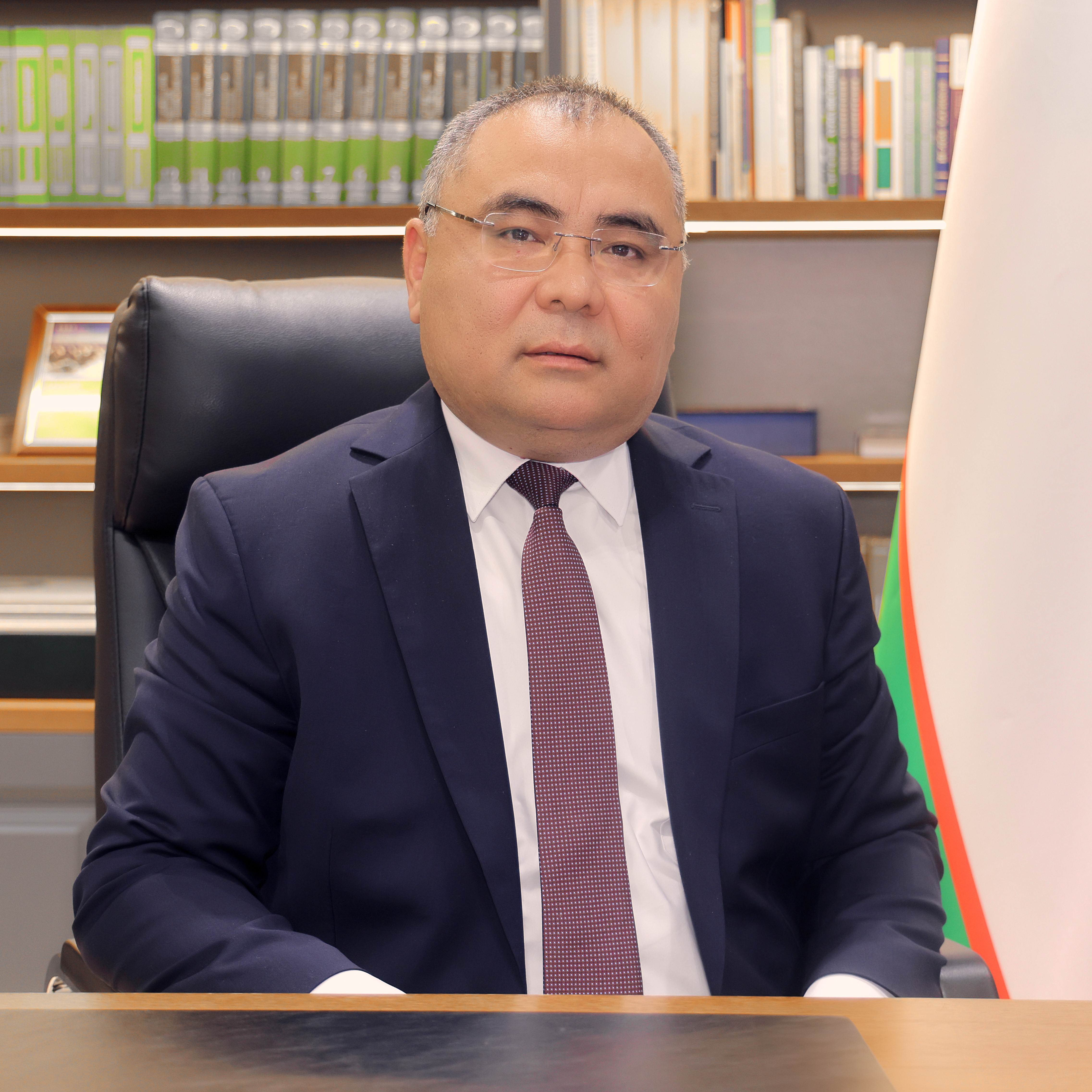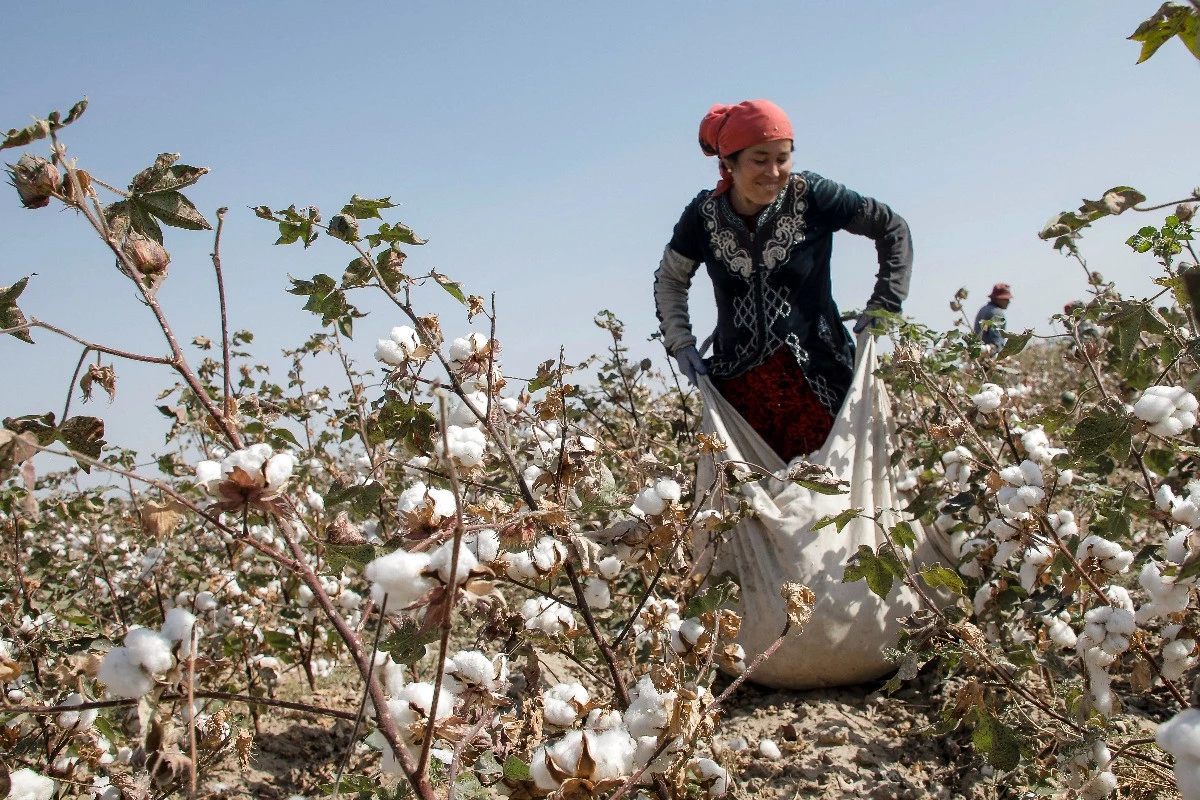The population of our country is increasing year by year. In this regard, along with providing our people with agricultural products, systematic work is being done to create new jobs. For example, in the last two years, 200,000 hectares of cotton and grain area were reduced and distributed to 670,000 citizens in order to provide employment for rural residents, reduce poverty and increase food production. As a result, about 2.2 million seasonal and permanent jobs were created and an additional 3 million tons of products were produced. This also contributes in a certain sense to the abundance of our tables.
In general, in 2023, the sector provided employment and, in turn, a source of income for about 3 million rural residents.
There is an old saying in our people: "The matter is in the heart". Twenty-thirty years ago and even before that, one-third of the ripened harvest would have perished due to the extremely unsatisfactory conditions of storage, processing, and delivery of fruits and vegetables grown by our entrepreneurs to near and far markets. Now the number of modern trade-logistics centers, deep processing and storage enterprises is increasing in rural areas. In particular, this year, the fruit and vegetable processing capacity was increased to 3.3 million tons, the number of agrologistics centers was 76, and the capacity was increased to almost 1 million tons. In the end, these are the basis for the development of the agrarian sector and the expansion of export opportunities, along with providing our people with rich fruit and vegetable products throughout the year.
This year, entrepreneurs of our country exported food and agricultural products worth more than 1.5 billion dollars to about eighty foreign countries. Now, various delicacies grown by Uzbek farmers are reaching all continents of the world.
Today, more than 800 agroclusters are operating in all branches of agriculture in our country, including cotton, grain, textile, fruit and vegetable growing, cattle breeding, cocoon breeding. 100 percent of cotton and grain, more than 60 percent of fruit and vegetable products are grown in the cluster method. In the production process, this method is being improved more and more.
On November 9, the Head of State spoke in detail about these issues at a video selector meeting on measures to further improve the activities of cotton-textile clusters, support agricultural industries and increase productivity, and presented new proposals and initiatives. In particular, a new system of relations between clusters and farmers is being introduced. From now on, farmers will be able to conclude a futures contract with any cluster in the region. So, the innovations in the system will determine the development of the industry, next year the cotton fiber will be fully processed, the value will be 9.6 billion dollars, and the export amount will be 4.5 billion dollars.
The role of high-performance modern agricultural machinery in the field is incomparable. It is not for nothing that our people say, "Technology is the wing of the farmer." In this regard, in order to improve the supply of equipment in the field, this year alone, more than 10,500 high-performance equipment and aggregates worth 2.5 trillion soums were delivered to clusters, farmers and peasants.
As a result, the sowing season was shortened from 20 days to 8 days, the grain harvesting season was shortened from 30 days to 16 days, and it was possible to complete plowing in 20-25 days.
New systems have been introduced in the livestock industry, and the state is giving great opportunities and privileges to our livestock farmers. This year, 70,000 breeding cattle, 180,000 sheep and goats and 2 million chicks were brought to our country from foreign countries.
As a result of these measures, the share of cattle with improved breeds in our country has increased to 74%, and the number of large livestock complexes in the regions has increased to 540. However, the number of such complexes was only 50 in 2019. The large variety of meat and dairy products in the markets and shops, and the reasonable prices are the product of such efforts, of course.
As in other fields, our country is paying great attention to the issue of rapid digitization of the agricultural sector. In the past two years, 10 new information and geo-information systems were introduced, increasing the accuracy of information in the field and reducing the human factor in the process of data collection. Our work in this regard will be continued consistently in the future.
Today, the climate change that is happening all over the world, including in our country, the increasing scarcity of water resources, and the increase in the level of desertification, put before the workers and scientists of the multi-disciplinary agrarian sector the issue of finding solutions to many problems..
Preventing such risks, increasing soil fertility, continuously providing the industry with resource-saving and high-performance new techniques, introducing agro-technologies based on the experience of developed countries, increasing product production by introducing real market mechanisms, improving the quality of service and mature knowledge. training of experts remains one of the priority tasks before us.
In addition to such urgent issues, the fact that logistics networks are limited in the development of the agricultural sector - we do not have direct access to cheap seaports - shows that we should work with a completely new approach and vision. In fact, each such challenge should be accepted as a "new opportunity" and turned into a point of development based on an innovative approach. That's when the problem of our country being "double landlocked" becomes a great opportunity to supply world markets with valuable, ecologically clean food products. This is the new opportunity and superiority of Uzbekistan's agriculture in the world market!
The only way to open such new opportunities, to ensure added value and attractiveness in agriculture is to widely introduce science and innovation in the field, to look at any challenges with an eye of opportunity and strive. The reason is that thousands of workers in the agricultural sector face many priority issues, such as providing our people with various delicacies, achieving the economic growth of the country by increasing the volume of production.


